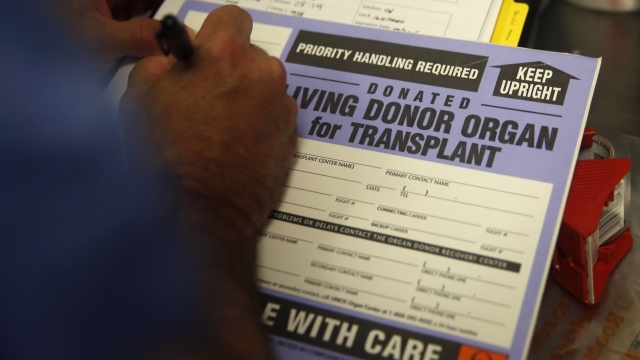There are more than 40,000 organ transplants performed each year nationwide, illustrating how the organ transplant system can transform lives — but that’s when it works. 1,400 people sit on the waiting list for organ transplants.
28,000 donated organs go unused each year. Meanwhile, 22 people die each day waiting for an organ, according to research by the University of Pennsylvania.
Here’s how the U.S. organ transplant system currently works: When a donor dies, one of 56 organ procurement organizations, or OPOs, coordinate with hospitals and donor families.
They secure authorization for organs and transport organs from deceased or living donors to recipients.
A private nonprofit group called United Network for Organ Sharing, or UNOS, requires the OPOs to document that they are following laws and regulations.
UNOS also coordinates the roughly 250 hospitals performing transplant operations and maintains digital waiting lists for organs.
UNOS also sets policies on how to distribute organs and coordinates which organs are available for which recipients.
But government ratings for the OPOs show a majority are underperforming or failing.
The failings have garnered federal scrutiny, especially since UNOS is the sole federal contractor running the system. The Biden administration announced new reforms of the organ transplant system in March.
These include breaking up the contract to run the transplant network, modernizing technology and doubling the size of the federal contribution.
UNOS says it welcomes competition, is already improving its technology, and plans to create separate boards to oversee the transplant network and the nonprofit itself.
SEE MORE: Couples swap living kidney donors
Trending stories at Scrippsnews.com




